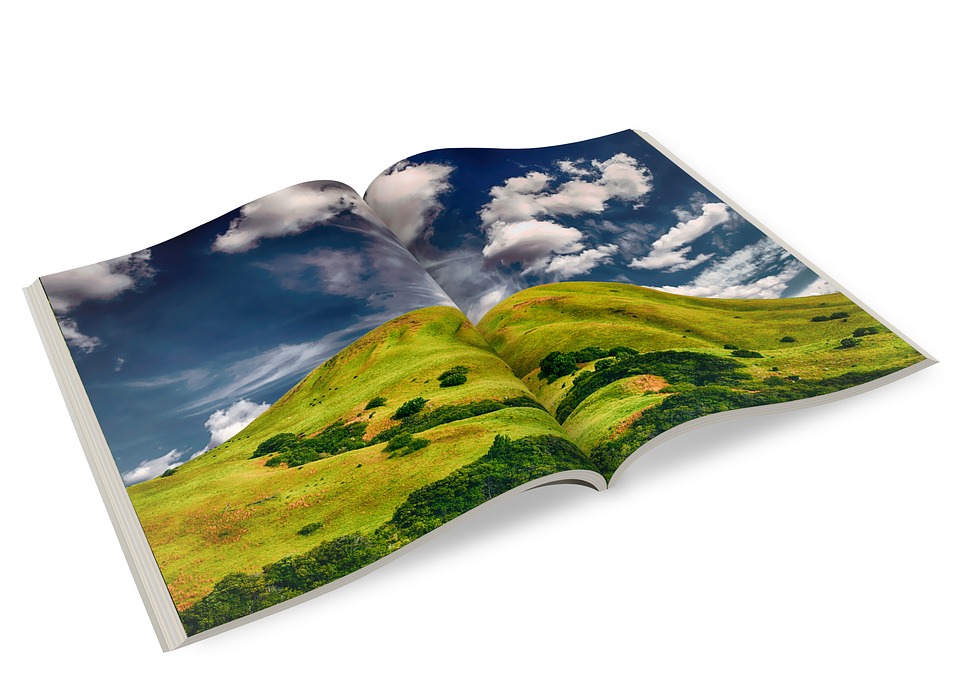In today’s digital age, technology has revolutionized the way we create art. Digital art encompasses a wide range of artistic styles, from digital painting and illustration to 3D modeling and animation. The process of creating digital art involves a combination of technical skills and creative intuition. In this article, we will explore the step-by-step process of digital art creation, from concept to screen.
Concept Development: From Idea to Sketch
The first step in creating digital art is conceptualizing the idea. This may involve brainstorming, sketching, or even researching inspiration from other artists. Once the concept is established, the artist can begin to sketch out the initial design using digital tools such as drawing tablets or graphic design software. This stage is crucial in setting the foundation for the final artwork.
Color Palette and Composition: Bringing the Artwork to Life
After the initial sketch is complete, the artist can start adding color and refining the composition of the artwork. This involves selecting a color palette that complements the theme of the piece and arranging the elements in a visually pleasing way. Tools like Photoshop and Illustrator are commonly used in this stage to manipulate colors, shapes, and textures.
Detailing and Texturing: Adding Depth and Dimension
Detailing and texturing are essential steps in creating digital art that looks realistic and immersive. Artists can add depth to their artwork by incorporating shading, highlighting, and texture details. This stage may involve techniques like layer blending, brushwork, and digital painting to enhance the visual appeal of the artwork.
Rendering and Exporting: Preparing for the Final Presentation
Once the artwork is complete, the artist can render the final image in high resolution. This involves processing the digital file to create a polished version suitable for display on screen or in print. Artists may need to adjust settings like resolution, file format, and color profiles to ensure the best quality output.
Final Touches and Presentation: Showcasing the Artwork
The final step in the process of digital art creation is making any last-minute adjustments and preparing the artwork for presentation. This may involve adding a signature, watermarking the image, or creating a digital portfolio to showcase the artwork. Artists can share their creations online through social media, websites, or online galleries to reach a wider audience.
Conclusion: The Future of Digital Art
In conclusion, digital art creation is a dynamic and evolving process that combines technology and creativity. From conceptualizing an idea to rendering the final artwork, each step in the process plays a crucial role in bringing the artist’s vision to life. As technology continues to advance, the possibilities for digital art creation are endless. Whether you are a seasoned digital artist or just starting out, embracing the process of digital art creation can lead to endless possibilities for artistic expression.
